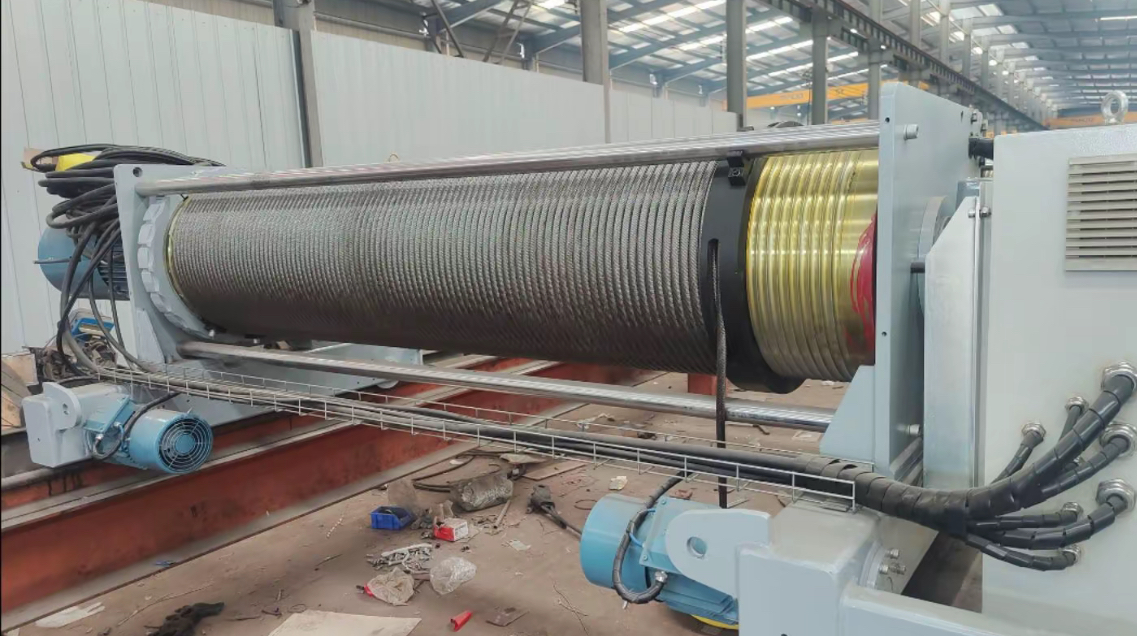Choosing Lifting Equipment for Small Processing Plants: Precision Matching to Enhance Efficiency
In the daily operations of a small processing plant, material handling efficiency and safety are crucial for productivity and cost management. The selection of appropriate lifting equipment requires careful consideration of how an electric chain hoist integrates with the overall crane system. The crane infrastructure provides the essential framework that determines the effectiveness of the electric chain hoist, while the wire rope serves as the critical connection between them. Understanding the relationship between the electric chain hoist, the supporting crane, and the durable wire rope is fundamental to creating an efficient material handling solution.
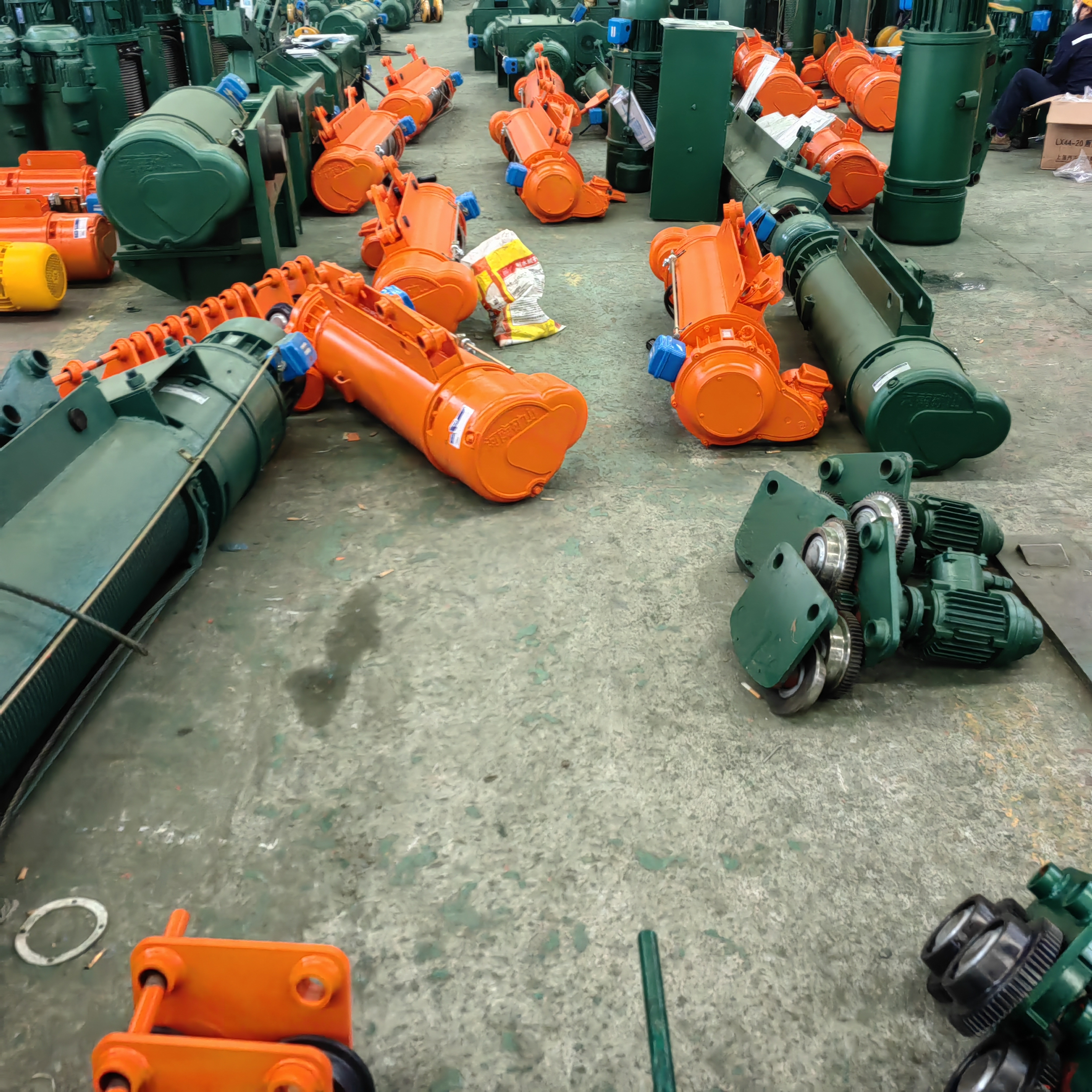 .
.
Electric Chain Hoist: The Flexible and Efficient Lifting Core
The electric chain hoist offers versatile lifting capabilities for small-scale manufacturing environments. When selecting an electric chain hoist, it's essential to consider how it will interface with the existing crane system. The crane structure must properly support the electric chain hoist to ensure optimal performance. Whether for light assembly tasks or heavier production requirements, the electric chain hoist depends on the crane for stability and mobility. While a standalone electric chain hoist can handle basic lifting, its capabilities expand significantly when properly mounted on an appropriate crane.
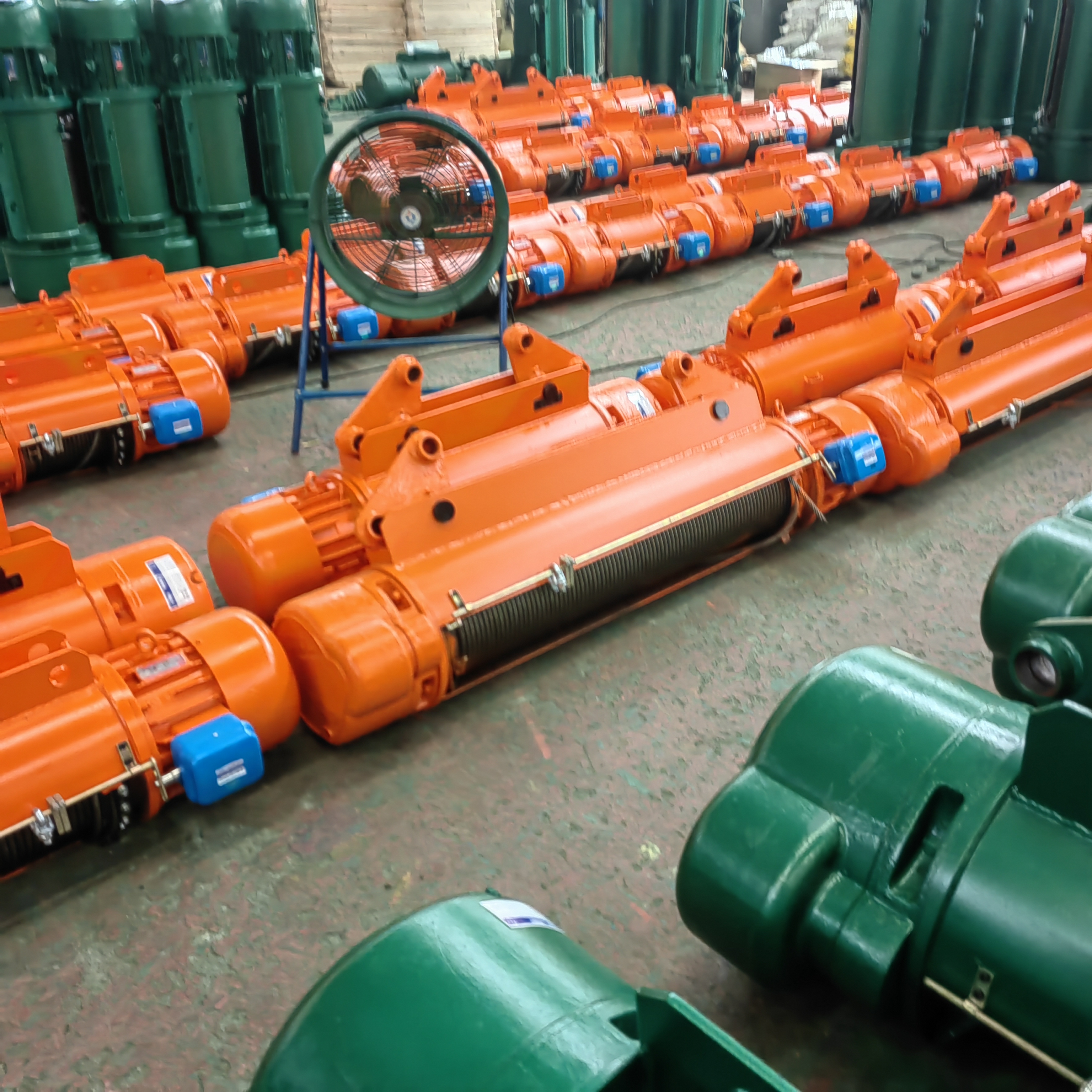
Crane: Systematic Support and Expansion
A crane provides the necessary infrastructure for horizontal movement. Common types include single-girder overhead crane models and jib crane systems. The primary function of any crane is to offer a stable path for the hoisting device. For instance, a load suspended from an overhead crane can effortlessly transport components from a storage area to a processing machine. The design and robustness of the crane are therefore critical, as they directly impact the performance and safety of the entire operation.
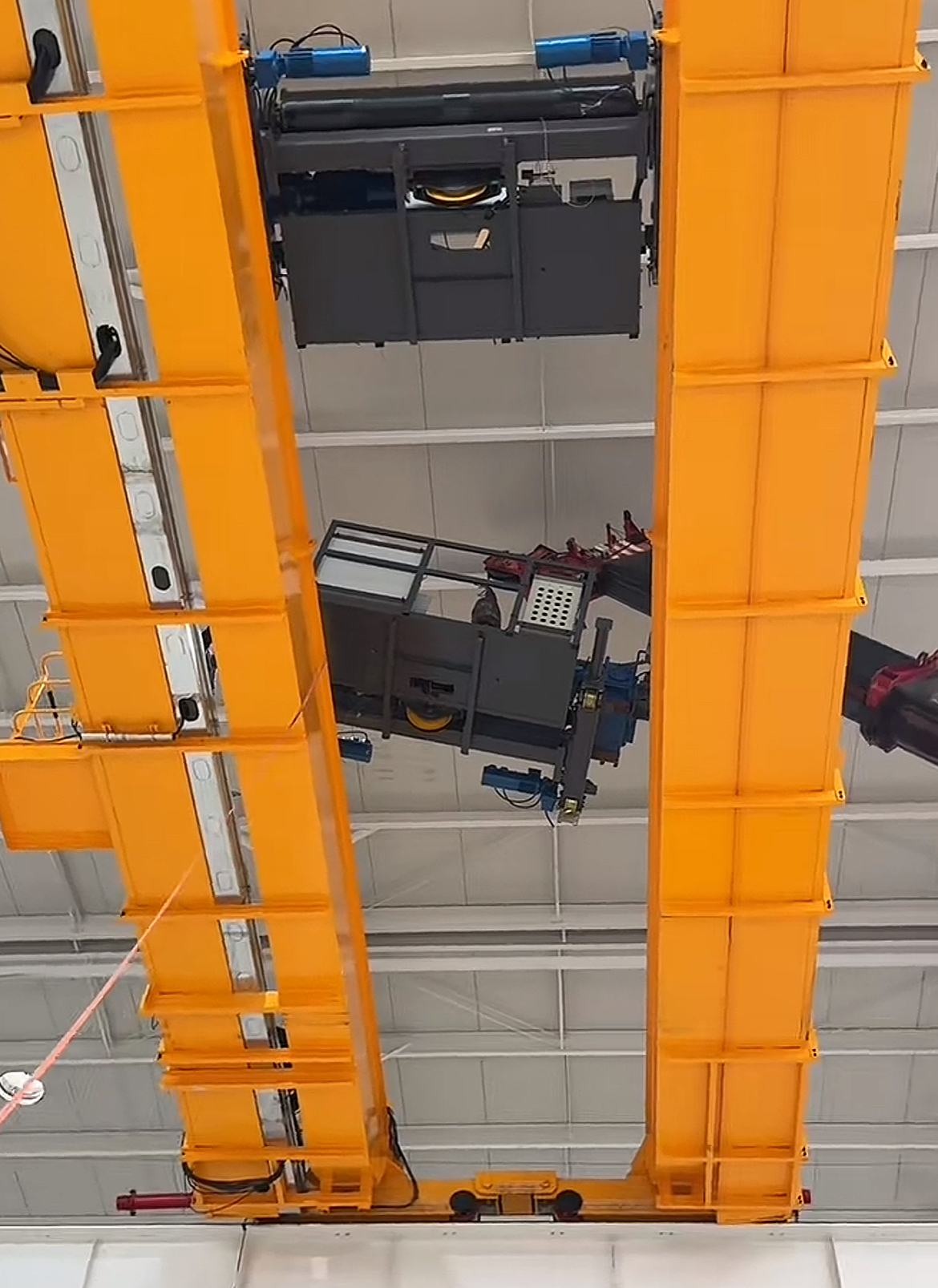
Wire Rope: The Unsung Hero of Safety
Within the hoisting mechanism operating on the crane, the wire rope serves as the critical load-bearing component. The wire rope selection must align with the specific demands of both the lifting device and the crane system. A compromised wire rope can lead to equipment failure, regardless of the crane's condition. Regular inspection of the wire rope for wear indicators or structural damage represents essential maintenance practice. Choosing the appropriate wire rope specification for the application requires careful consideration of the crane's operational parameters and environmental factors.
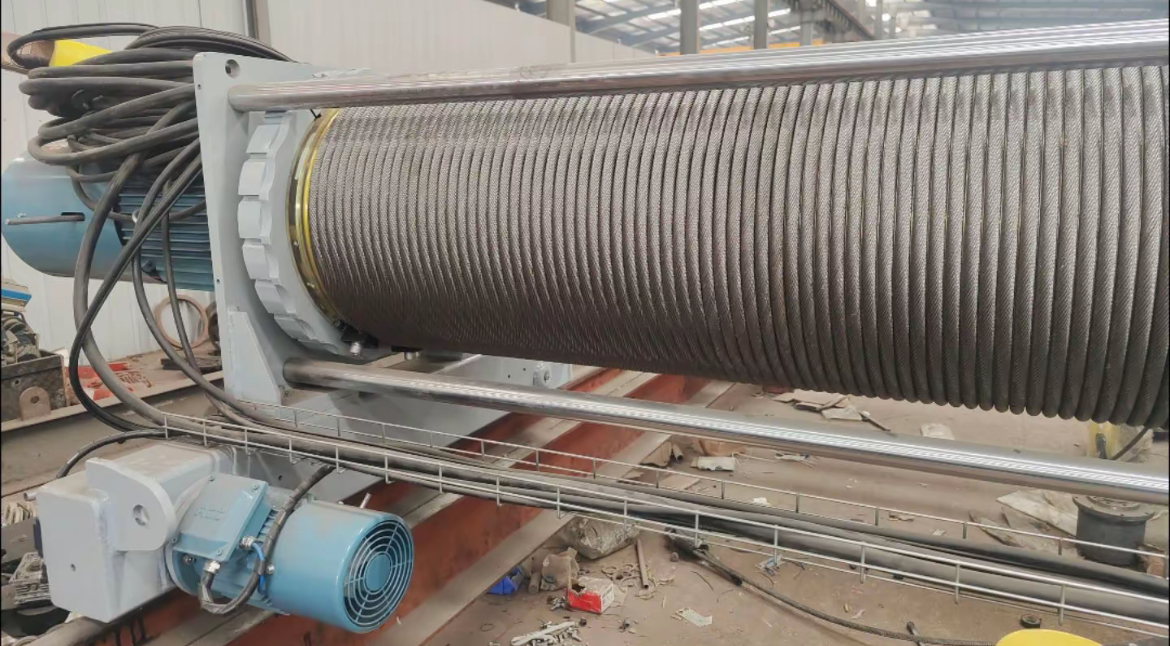
Synergistic Selection: Balancing Cost and Efficiency
A strategic approach to equipment selection necessitates viewing the hoisting device, crane, and wire rope as an integrated system. The process should commence with defining lifting requirements, followed by designing an appropriate crane configuration, and concluding with specifying a wire rope that matches both the lifting device and crane system demands. This synergistic approach ensures optimal performance of the entire crane installation while maximizing wire rope service life. Proper integration of these elements enables plants to control initial investment while enhancing operational reliability, ultimately supporting lean production objectives.
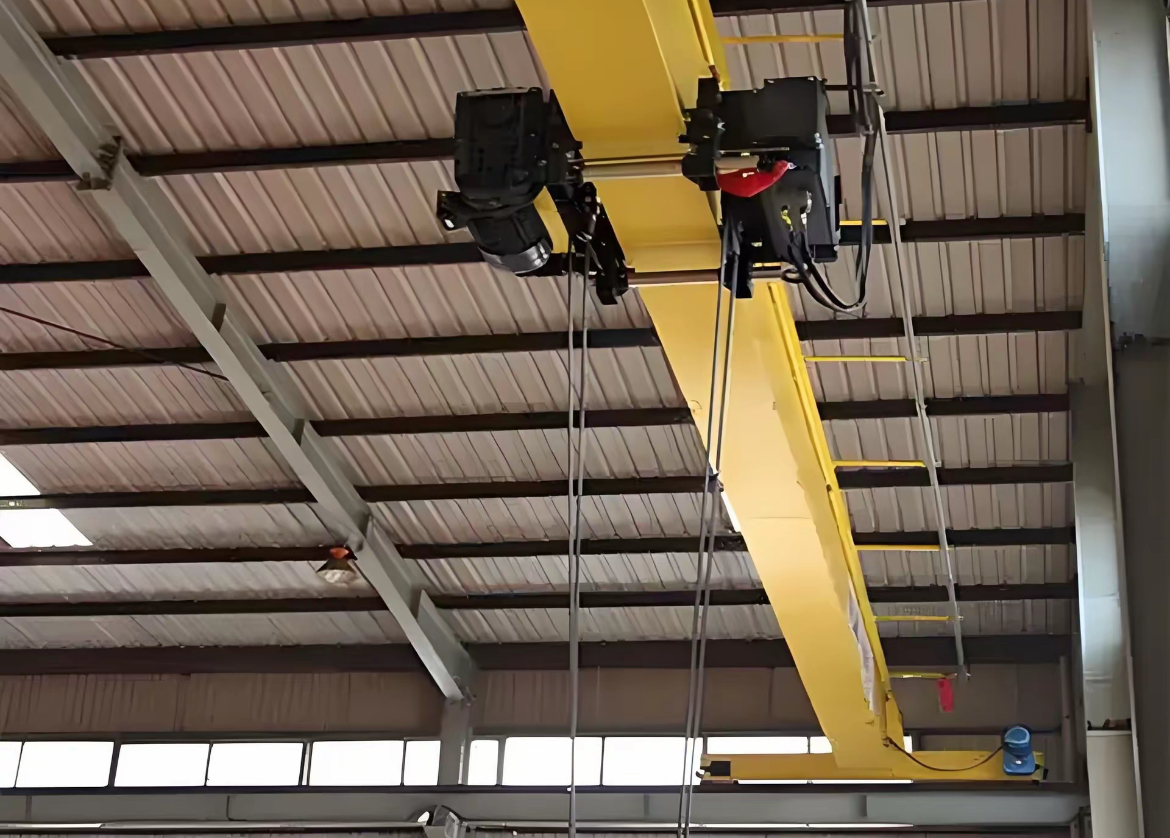
Conclusion
In conclusion, for a small processing plant, the strategic integration of a reliable hoisting device like an electric chain hoist, a suitably designed crane, and a high-quality wire rope creates a robust system. Paying equal attention to all three components—the device for lifting, the crane for movement, and the wire rope for strength—is the surest way to achieve a safe and cost-effective workflow.
